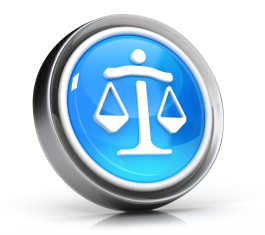
The History of Copyright Law and How It Is Today
Governments have been providing their people with protection for their works since ancient times. Even before the advent of printing, censorship and scrutiny that was placed on the scribes paved the way for copyright law. The printing press provided all types of authors with a means of reaching a wider audience. In order to restrict any abuse of this freedom, certain governments imposed a license that was required for any widespread publication. This limitation was an ultimate foundation of copyright law as it also prevented illegal copies.
Copyright laws gave authors exclusive rights for publishing their materials, alongside the opportunity to license their materials out to a printer. Originally, these rights were protected for a period of up to 28 years. James Madison and Charles Pinckney pitched proposals at the Constitutional Convention that ultimately sparked the inclusion of the Copyright Clause. Many more changes to the system would follow.
The United States protected statutory copyrights, while state governments protected the common law rights of their citizens on their works that were not officially registered. Nearly two centuries after the Copyright Act of 1790 paved the way, legislation was passed to centralize copyright law on a national level. That system has since been renewed and extended to increase the length of ownership and widen the scope of protection.
